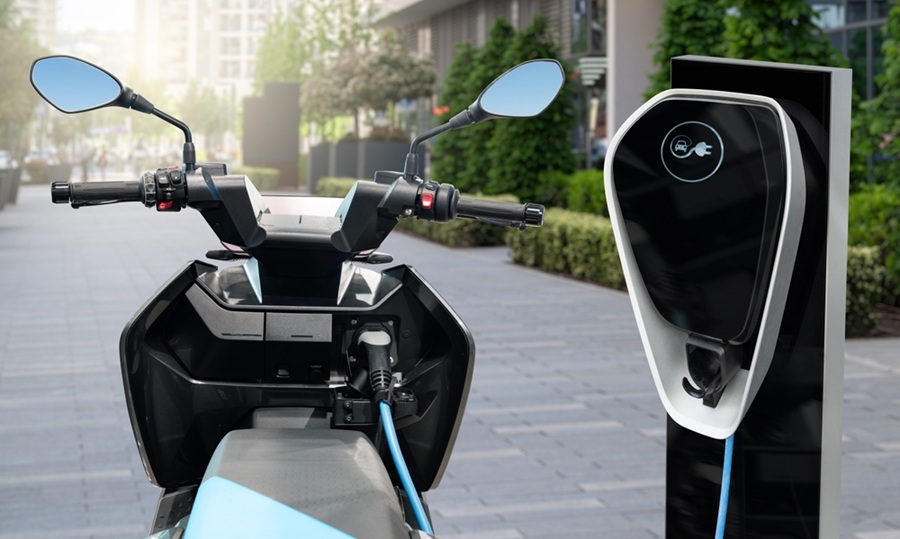Everything You Need to Know About E-Scooter Charging Infrastructure

Modes to travel have been rapidly shifting in the last few years. With fuel costs rising and too crowded public transports, more people are tuning in for these two eco friendly wheelers that makes travelling solo or with a friend time saving and convenient. With a growing trend online for people to use e-scooters to explore Delhi capturing their journey in a uniquely fun way not to mention the convenience of e-scooters due to their favorite delivery apps, the benefits and convenience of e-scooters have just surged.
And with this rapid growing adoption, the need for stronger e-scooter charging stations & infrastructure has also become essential. Without it, the momentum behind this green mobility revolution could slow.
Types of E-Scooter Charging Stations
Home Charging:
The majority of e-scooter commuters charge their scooters overnight from standard home sockets—perfect for run-of-the-mill commuters with run-of-the-mill habits. It offers convenience and is cost effective but depends on access to private parking and power sources.
Public Charging Points:
Cities are experiencing the surge in special public charging points, but the rollout must be undertaken to semi-urban and rural areas. They are convenient when you are on the road but require navigation to find spots and payment systems.
Battery Swapping Stations:
They enable riders to swap used-up batteries with new ones immediately—save time and render commercial activity feasible. The phenomenon is getting widespread acceptance around the world. They are very convenient and fast for high traffic areas.
Fast Charging Networks:
There is investment in urban cities by companies in fast-charging infrastructure. Projects such as Hypercharger work towards having fast refueling on the move.
Current State of Charging infrastructure in India
India’ s charging infrastructure is growing steadily but remains unevenly distributed. E-scooter charging stations in India are most concentrated in metro cities like Delhi, Mumbai and Bangalore with rural areas still lacking the access. Whereas the infrastructure in these cities are still patchy and limited to select high traffic zone premium areas as well. Many users find it difficult to locate charging points that are functioning especially in residential areas or lesser known parts of the cities. Major companies in this sector are working to improve this by setting up proprietary networks and partnering with local businesses for station placements. At the policy level, the government’s FAME II scheme and state-specific subsidies for electric vehicles are eliciting infrastructure development. But for India to actually enable a large number of e-scooter riders everywhere, low-cost frequent charging points—at cities and peripheries—are the need.
Challenges in E-Scooter Charging Infrastructure
Lack of Standardization
Various e-scooter manufacturers employ their own charging plugs, voltages, and technologies, and therefore it is difficult to design universal charging stations. It is a hassle to users and expensive to operators that need to support more than one kind.
Safety Problems:
Fire or short circuit due to poor wiring, poor charging equipment, and poor regulation.
Infrastructure Shortcoming:
Proper identification of public space for charging stations in high-density urban areas is a concern of great magnitude.
Power Supply Issues
Unstable supply voltage or voltage fluctuation in particular areas can stop charging or kill batteries. Backup units and power conditioners must be introduced for reliability of the service.
Awareness & User Education:
New users have no idea about safe charging techniques or where and how to utilize public charging points. This could lead to abuse, monopolization of favorite spots, or reduce battery life due to improper conduct.
Right now the Indian e-scooter industry is still maturing, technologies are starting to move towards a cleaner and wiser future. Many tools like smart charging technology, app-based station finder, real time monitoring of availability and digital payment options are raising convenience and productivity. Now renewables, like solar powered charging stations are also attracting interest in reducing environmental impacts and improving rural reach. In the coming times, policy actions will be aimed at standardizing charging levels, enhancing safety features, and enhancing support for players of the charging infrastructure. Development for a system that is more uniform throughout cities and durable will see mass adoption in India. For this to be a reality, coordination among consumers, the private sector and government agencies will be necessary in dealing with problems and ensuring a sustainable future.